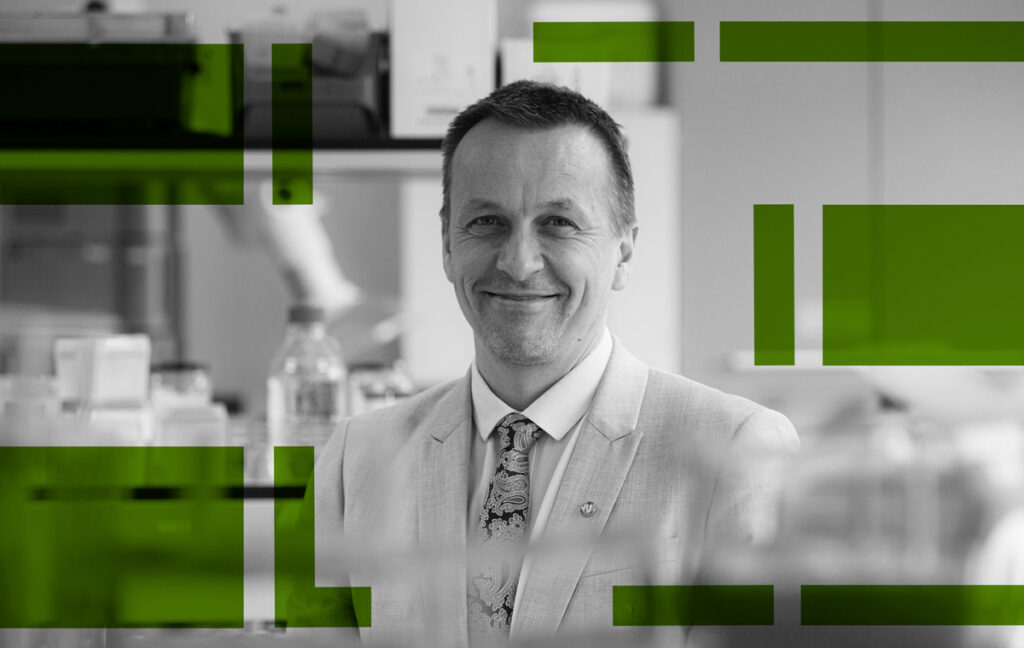23 September 2024
How would you describe the state of the life sciences in Slovenia?
Slovenia was previously not investing a lot in research and development, and this was reflected particularly in life sciences research where you need equipment that is quite costly. The potential was there, and some groups have developed to a very high level in the European or world sense.
But then two things happened recently that will importantly shape life science research in Slovenia. New legislation was passed in 2021 and we got an increase of resources for research and development. The aim in the legislation is to reach government investment of 1% of GDP which is really very ambitious. Now we can think about returning some of our scientists from abroad or bringing excellent researchers into Slovenia.
The other important factor is that pharmaceutical industries are now having really big plants here in Slovenia. There will be a lot of attention in this field. There’s another issue in that the innovation system is not very well developed. This is a big hole that the government is trying to fill with mechanisms for support and additional resources.
What advice would you give to a student just starting off?
Just go for it. I never regretted studying biology because so many things were happening and there was so much excitement. Nowadays it’s still very, very relevant for how we live and how we will live in the future. For example, synthetic biology is amazing, and we have groups at the institute doing some research in that area. It’s fantastic what is possible to do now.
So definitely there’s a future in life science research and I would recommend it. Come to Slovenia! Not only because our country is nice and very beautiful, but because we have top level groups, and you can do excellent science.
You have worked in Slovenia for almost all your career. Did you consider moving abroad?
No, not really. Slovenia is a nice country, and we have a good living standard and the family’s here. After my postdoc in Newcastle in the UK, I was able to return to my previous position in Slovenia and there was no need to find another position somewhere else. You know, somebody has to stay and do the work as my mentor Peter Maček said some time ago! It takes both types.
There was a requirement in Slovenia for some time that you had to go abroad to bring better practices, to learn new techniques and to make networks to advance your science and how science is done at our domestic institutions. But nowadays in Slovenia we have some really top groups that are competitive at the world level. When early career researchers do their PhDs or post docs in Slovenia, now there’s really not a need to go abroad in order to advance their academic career.
How important were your two EMBO Scientific Exchange Grants?
I appreciated them a lot. They were aimed at learning new approaches, for example a very productive visit to Trento where they were developing planar lipid bilayer approaches and then Oxford for structural biology. This allowed me the opportunity to see how things are done and then to develop them here in Ljubljana.
Tell us about your personal research and its aims?
In my group we study the interactions of proteins with lipid membranes and how toxins damage the lipid. We use structural biology and biophysical approaches, and we are studying some of the most important toxins from bacteria and from animals. At the moment we are studying cytolysins produced by microbes and how they affect plant plasma membranes. In the plant world it is interesting that there are not many groups of toxins that damage plant plasma membranes.
Most of our research is basic research although we have some studies oriented towards application.
For example, we used one of these toxins in a sensing application that allow us to discriminate different proteins based on size and charge. This may be relevant for biomedical applications, as these molecules are present everywhere and they are part of the human immune system helping to remove unwanted cells from the body. If you look at human proteins they may act by a similar kind of mechanism as in the plant world.
Have you had a eureka moment?
Oh, yeah! It was a plant sphingolipid, a particular group of lipids that basically only exist in plant plasma membranes, and the eureka moment was when we identified the receptor for the toxins. For a long time, we didn’t know why the toxins bind to plant membranes so avidly and with such a great affinity. They bind to some plant membranes more than the other ones and it wasn’t clear why this is happening. When we discovered that, it was really like ‘oh, wow!’
Where might this lead?
Food production is a big issue. A lot of crops are damaged by these microorganisms and it’s not an easy task studying this because microbes use all sorts of different proteins in the pathogenesis process. If you block this one group there may still be other factors that do the damage. In principle we are also looking for molecules that would inhibit this cycle as a kind of a prevention measure that you could use in agronomy. But it’s a tough problem and it will be difficult to design any meaningful inhibitors.



